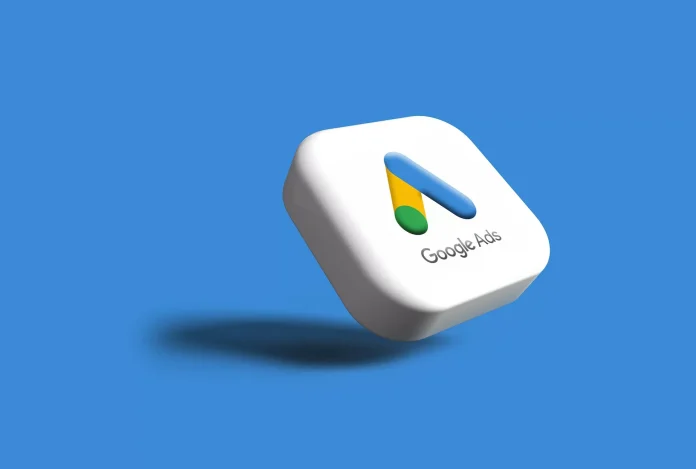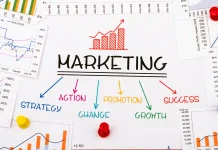Google Ads is one of the most effective digital advertising platforms for driving targeted traffic, increasing brand visibility, and generating conversions. But none of that happens without well-crafted ad copy. Your message must cut through the noise and compel users to click—sometimes in just a few words. Writing ad copy that converts takes more than creativity; it requires a blend of psychology, strategy, and user-focused messaging.
Businesses aiming to maximize their ad performance often rely on Result-Driven Google Ads Services to craft and manage compelling campaigns. These services focus on not just attracting clicks but converting them into measurable business results through optimized ad content and targeting.
In this article, we’ll explore best practices for writing Google Ads copy that drives clicks and conversions, while aligning with your overall campaign goals.
Understand the User Intent
Effective ad copy begins with understanding the user’s intent behind a search. Are they looking to buy something? Compare options? Learn about a service? Align your messaging with the stage of the buyer’s journey.
Tip:
Use keywords that mirror the user’s query. For example, if someone searches “buy running shoes online,” your ad should clearly reflect that buying intent with a headline like “Shop Quality Running Shoes Online.”
Highlight a Clear Value Proposition
Your ad needs to answer a fundamental question: “Why should I choose you?” Whether it’s free shipping, expert support, or a limited-time offer, highlight what sets your product or service apart.
Tip:
Incorporate your unique selling points (USPs) in both the headline and description. Statements like “Get 24/7 Customer Support” or “50% Off First Order” quickly grab attention.
Use Strong, Action-Oriented Language
A high-converting Google Ad typically includes a strong call-to-action (CTA). Verbs like “shop,” “get,” “book,” “download,” or “call” give users a clear next step and create urgency.
Tip:
Pair CTAs with benefits. For example, “Download Your Free Guide Now” is more compelling than just “Download Now.”
Match the Ad Copy with Landing Page Content
Consistency between your ad copy and landing page builds trust and improves Quality Score, which can reduce your cost per click. If your ad promises a discount or product, ensure the user lands on a page that delivers exactly that.
Tip:
Avoid misleading or vague claims. Make sure your headline and offer on the landing page match the ad copy precisely.
Use Numbers and Statistics
Specifics perform better than general statements. Numbers and stats add credibility and clarity, making your ad stand out in a crowded SERP.
Examples:
- “Save Up to 30% This Week”
- “Rated 4.9/5 by 2,000+ Customers”
- “Only 5 Spots Left – Enroll Today”
These phrases convey urgency and legitimacy, encouraging faster action.
Leverage Emotional Triggers
Great ad copy taps into the user’s emotions—fear of missing out, desire for success, or need for security. These triggers influence decision-making.
Examples:
- “Don’t Miss This Limited Offer”
- “Make Your Home Safer Today”
- “Join Thousands Who’ve Transformed Their Lives”
Just be sure to stay honest and relevant. Over-promising can lead to high bounce rates and a damaged reputation.
Use Ad Extensions Wisely
While technically outside the copy itself, ad extensions such as sitelinks, callouts, and structured snippets offer additional text space and value. They make your ad more prominent and informative, increasing the likelihood of a click.
Tip:
Use callouts to reinforce benefits (“No Setup Fees,” “Fast Delivery”). Use sitelinks to highlight popular pages or categories on your website.
A/B Test Regularly
Even the best copywriters can’t predict with 100% certainty what will work. A/B testing different versions of your ads is essential for optimizing performance.
Test variables such as:
- Headline variations
- Different CTAs
- Benefit-driven vs. feature-driven language
Run tests with clear objectives and give them enough time to collect statistically significant results before making decisions.
Keep It Simple and Clear
Clarity beats cleverness in most Google Ads. Avoid jargon, overly complex sentences, or trying to be too witty at the cost of clarity. Users are scanning quickly—they should understand your message in seconds.
Tip:
Use simple language that speaks directly to the audience’s needs. Be concise while still offering value.
Conclusion
Writing high-converting Google Ads copy is part science, part art. It requires a deep understanding of your audience, a strategic approach to messaging, and the ability to optimize based on performance data. The right copy not only attracts attention but also compels action—turning impressions into conversions.
If you want to eliminate the guesswork and get better results from your ad campaigns, working with a Result-Driven Google Ads Services provider can streamline your strategy and execution. With professional insight, testing, and optimization, your ad copy can become a powerful engine for business growth.




